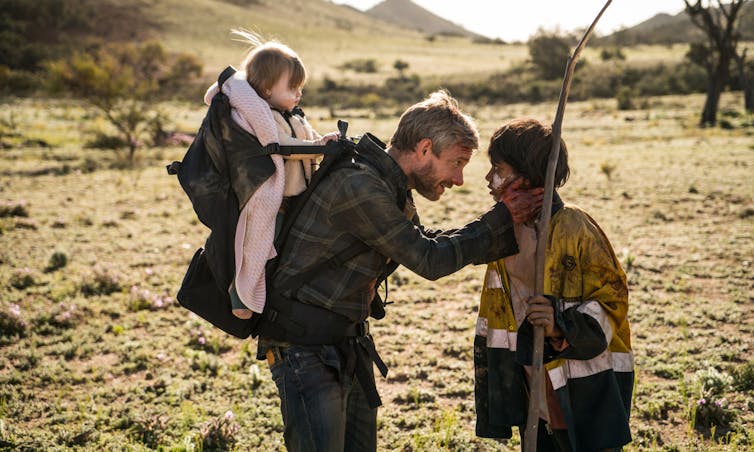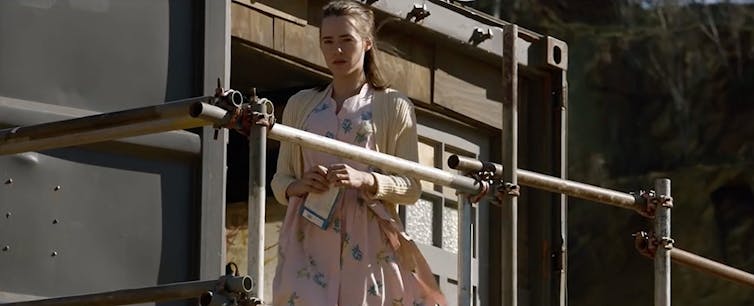 |
| Pride and Prejudice 2018 (Image via The Economist) |
On May 24th, 2018, The Economist Events hosted the third edition of Pride and Prejudice, a 24-hour event hosted by The Economist Events across three cities – Hong Kong, London and New York. This year's summit focused on evaluating how governments, companies and individuals can turn the global conversation around lesbian, gay, bisexual and transgender (LGBT) diversity and inclusion into meaningful action through advocacy.
⏩ The panel of speakers in New York comprised of chief executives, politicians and activists, who spoke to several important issues including:
- Where the intersection lies between corporate and moral responsibility and how a meaningful shift in company culture must begin in the boardroom
- What it means to be an advocate and how the roles of individuals and businesses have evolved as external conditions continue to change
- The implications for executive teams that fail to recognize the importance of their own actions in influencing change within their companies
- How policymakers and business leaders can hold back a tide of regressive politics around the world
- The role of social media as a vehicle for progress
- The Economist Intelligence Unit's new research into the future of advocacy
- Where and how to act and invest to ensure continued progress in the recognition of LGBT rights across the world
"Human rights should come first, everything else should come after that. Corporations have a responsibility to take a stand and be a force for good," said Salesforce Chief Equality Officer Tony Prophet during Pride and Prejudice. "There's something powerful about making a public declaration, being someone's ally and using that as a higher purpose to direct your behaviors. You have to challenge people's moral compass. Are we standing on the right side of history or not?"
Also speaking at the event, actor and activist Nico Tortorella shared his perspective as a leading man in Hollywood. Tortorella stated that "because of the way I look, the color of my skin and the [straight] character I play on television, I have the ability to have this conversation [about LGBT issues] in a way that's more digestible for people because of how people see me. That is my privilege. So it's a no-brainer for me—I have a responsibility that comes with that privilege to not only share my story, but to also share my platform with as many people as I possibly can."
⏩ During the event, The Economist Intelligence Unit also unveiled findings from a global survey of over 1,000 executives across 87 countries to assess different aspects of LGBT inclusion. The research focused on the evolving landscape for public LGBT advocacy, how the environment for it may change in the future and the obstacles that still stand in the way of progress.
Key findings include:
- Nearly half of executives believe that businesses in their country will take on a bigger role as agents of progress for LGBT rights over the next three years
- Almost 60% say current global political climate could undo progress made in LGBT inclusion, although few cite inaction by government in driving corporate advocacy
- Business advocacy on LGBT issues is heavily concentrated in North America; Asia, the Middle East and Africa lag behind
"We've come a long way, but we have a lot further to go as well. There are a lot of people who need to a little nudge to get the conversation going to realize how many allies they actually have. Unless they speak, you don't know that they're there. Don't be afraid to let your voice be heard. Otherwise, you are colluding in the abuse," urged Olympic athlete and LGBT activist Greg Louganis during the event. "Be a voice, be an advocate, and don't back away from standing up for what's right."
⏩ To access the full research report, please visit Pride and prejudice: the future of advocacy.
About The Economist Events:
The Economist Events brings the rigour of informed analysis and intelligent debate that The Economist is known for to life on stage in international forums. They host over 80 events annually in over 30 countries on topics that convene world-class thought leaders on a range of strategic business issues.
⏩ Follow @EconomistEvents on Twitter and check #EconPride for event updates
SOURCE: The Economist Events
 Related Video:
Related Video:














 Cargo is worth watching, particularly for fans of horror cinema, but its aesthetic will be best served, I suspect, by the small screen.
Cargo is worth watching, particularly for fans of horror cinema, but its aesthetic will be best served, I suspect, by the small screen.

















